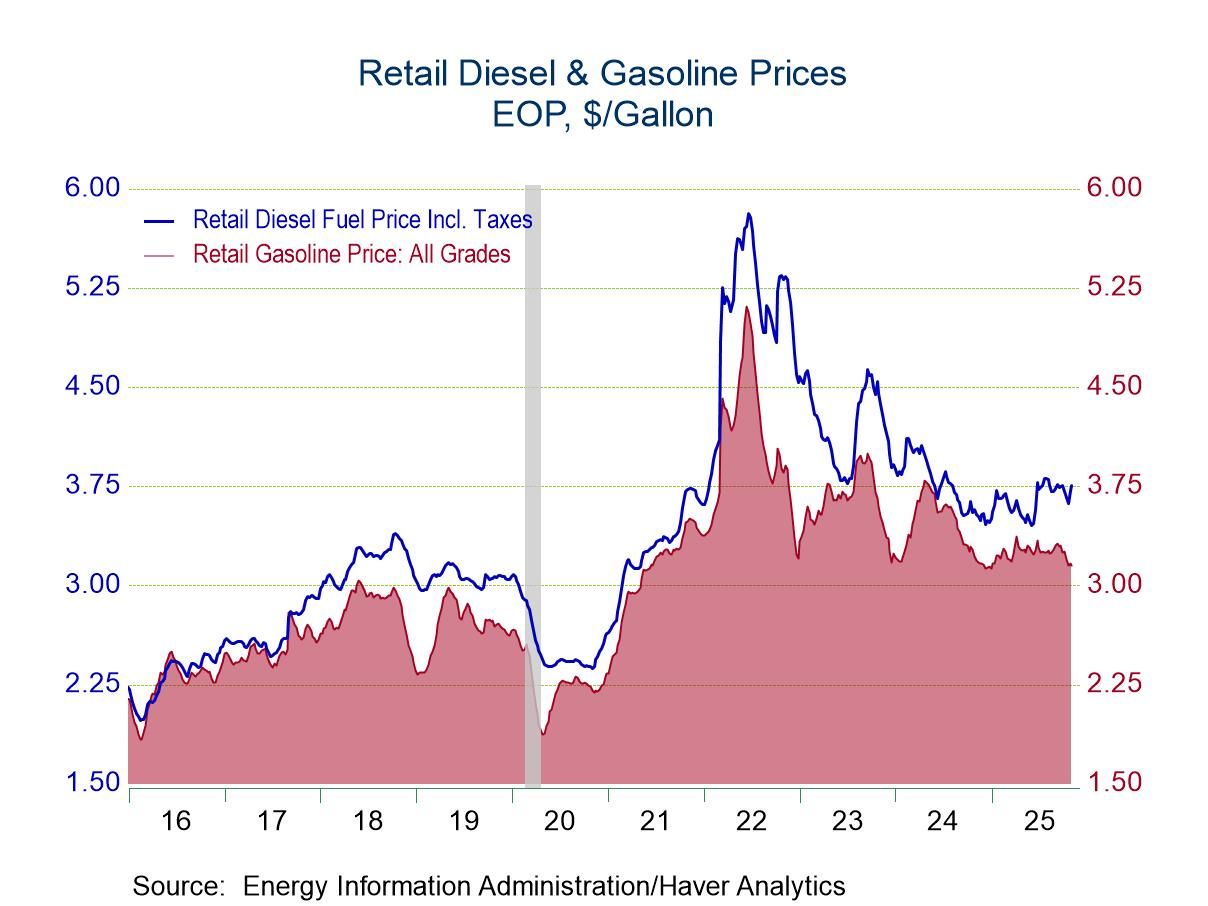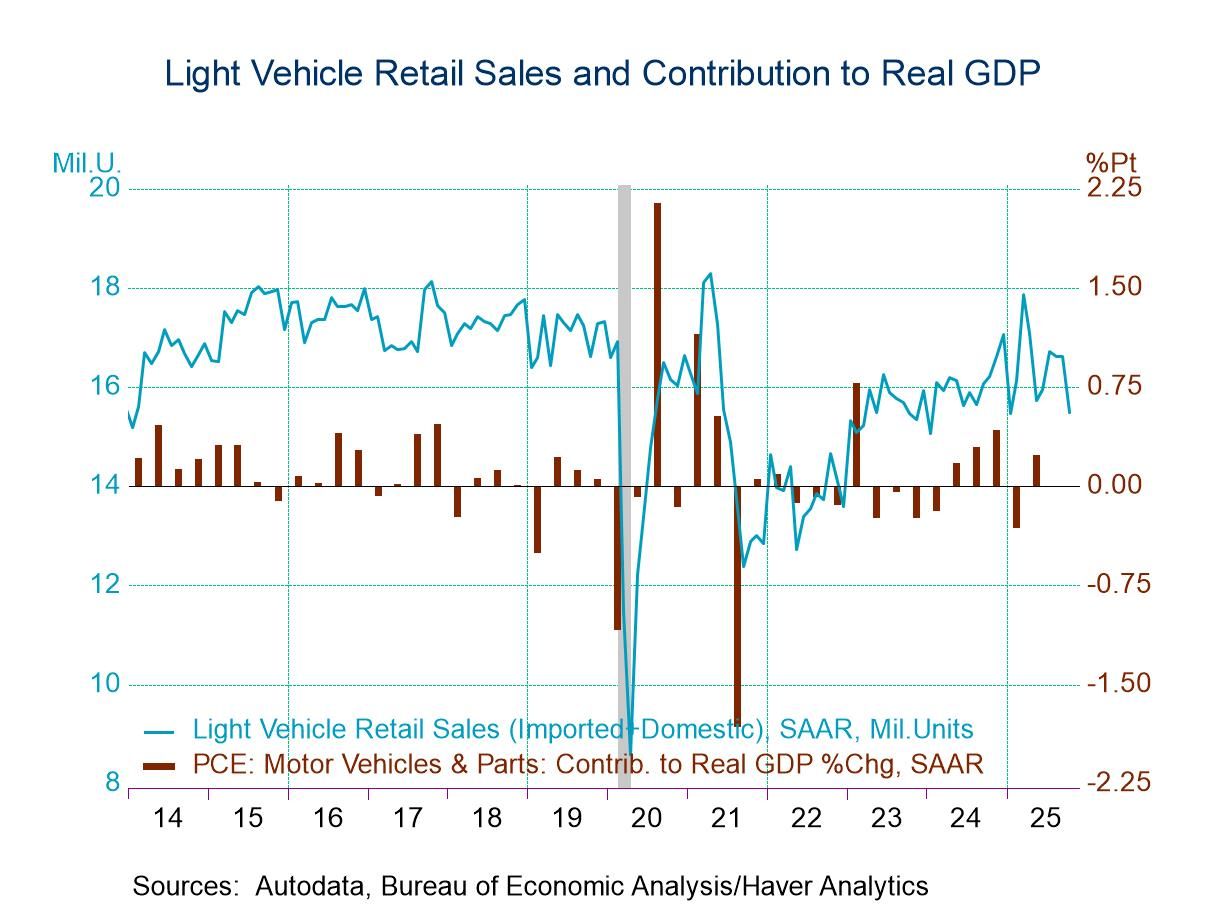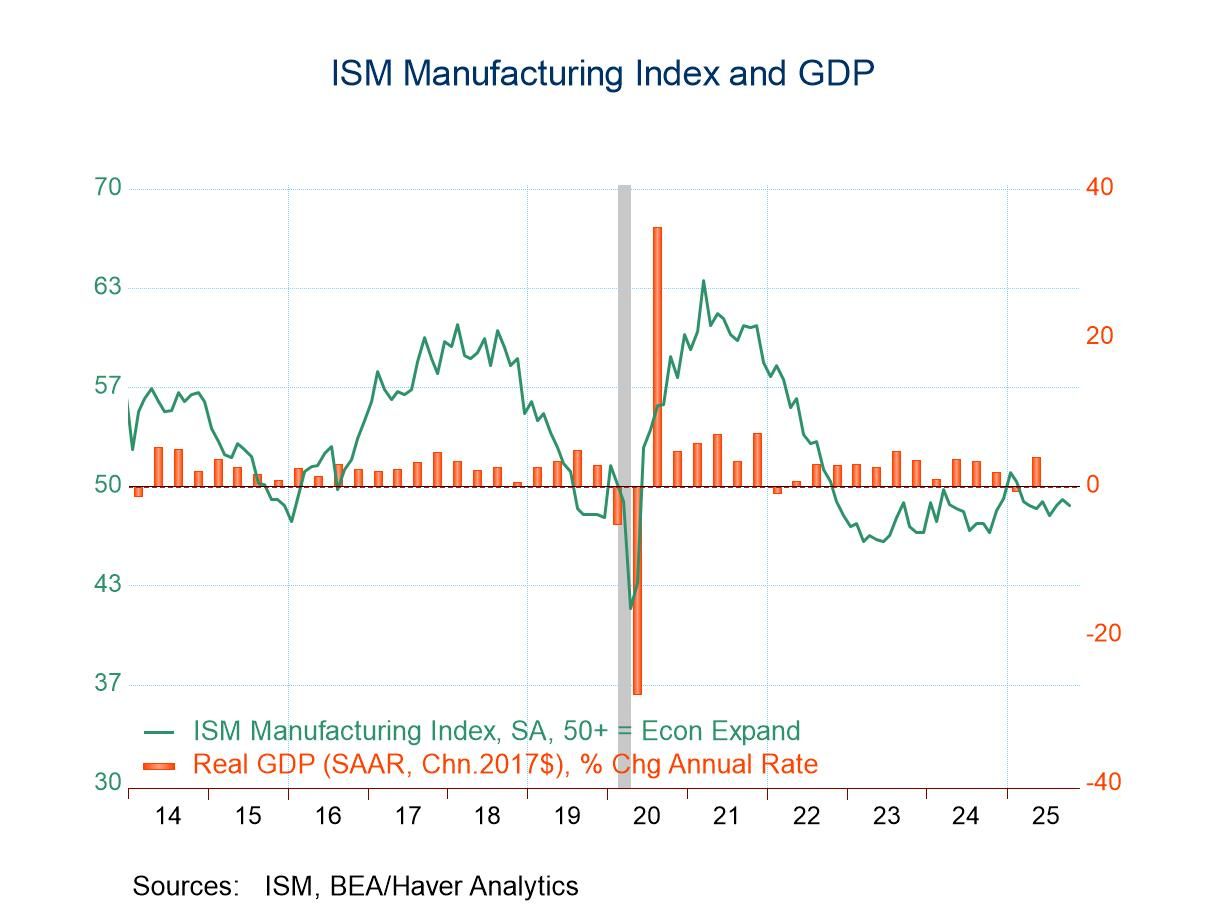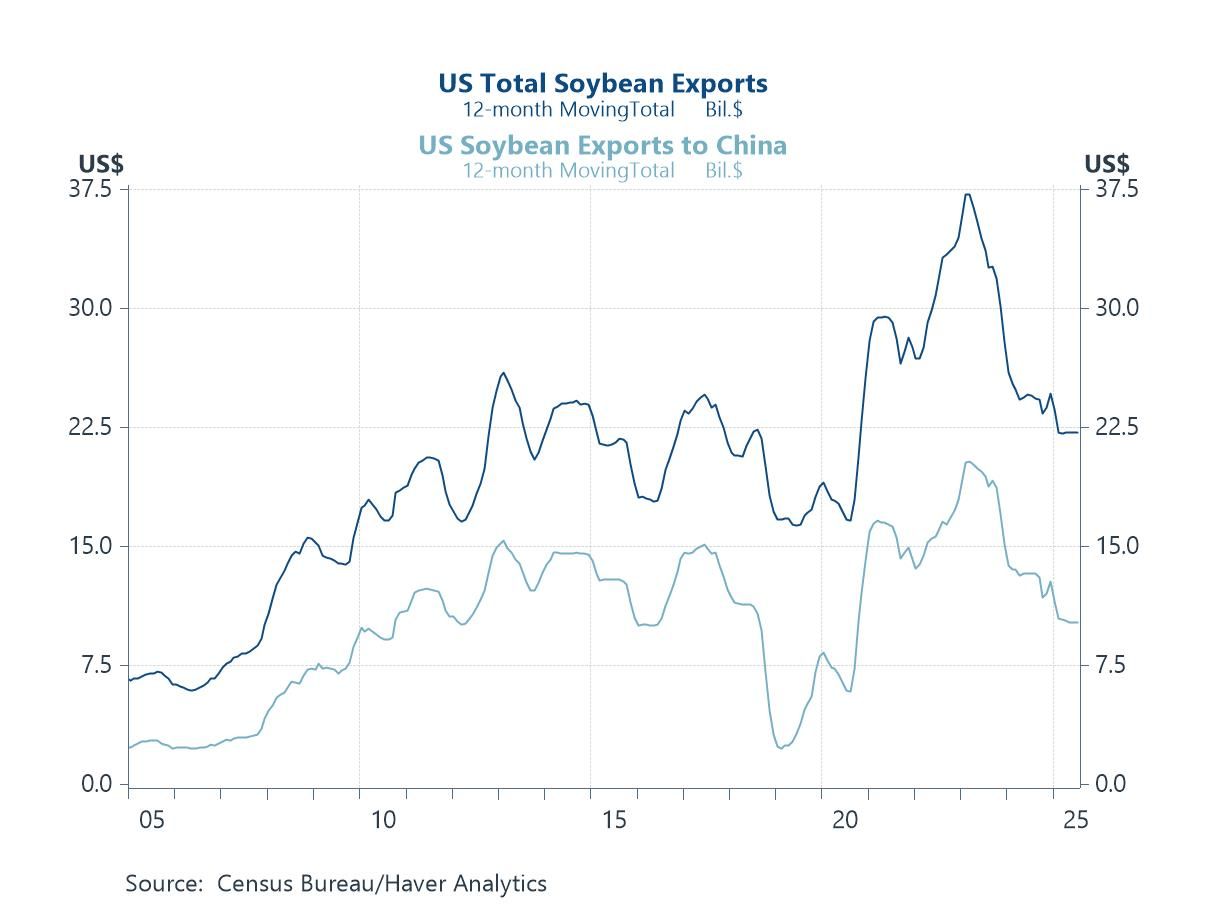U.S. Existing Home Sales Rise in November to a 10-Month High
Summary
- Sales increase for the fifth time in six months.
- November regional sales patterns are mostly positive.
- Median price at a three-month high; price in the South at a record high.


Existing home sales rose 1.9% m/m (-2.0% y/y) to 6.460 million units (SAAR) in November after unrevised rises of 0.8% to 6.340 million in October and 7.0% to 6.290 million in September, according to the National Association of Realtors (NAR). November existing home sales were at the highest level since January, up 11.8% from a May low. The Action Economics Forecast Survey expected a rise in sales to 6.53 million units in November. These data are compiled when existing home sales close.
Existing single-family home sales rose 1.6% (-2.2% y/y) to 5.750 million units in November after a 1.3% increase to 5.660 million in October. That was the third successive m/m rise to the highest level since January. Sales of condos and co-ops rebounded 4.4% (0.0% y/y) to 710,000, the highest level since July, after a 2.9% decline to 680,000.
Sales patterns mostly improved last month. Sales in the South advanced 2.9% (1.1% y/y) to 2.850 million in November after holding steady at 2.770 million in October. Sales in the West rose 2.3% (-3.6% y/y) to 1.330 million, the highest level since February, following a 0.8% decline to 1.300 million. Sales in the Midwest grew 0.7% (-0.7% y/y) to 1.520 million, a 10-month high, on top of a 4.9% gain to 1.510 million. However, sales in the Northeast were unchanged (-11.6% y/y) at 760,000 in November after a 1.3% October drop.
The median price of an existing home increased 0.3% (13.9% y/y) to $353,900 in November, a three-month high, after a 0.4% rebound to $352,700 in October. Prices in the South rose 1.7% (18.4% y/y) to $318,900, a record high, after having recovered 2.7% to $313,600. In the Midwest, prices were up 0.2% (9.0% y/y) to $260,100 following four consecutive m/m drops. In contrast, prices in the Northeast fell 1.7% (+4.7% y/y) to $372,500 after a 2.1% drop to $379,100, registering the fifth straight m/m fall to the lowest level since March. In the West, prices held steady (+8.4% y/y) at $507,200 after a 0.2% October rise. The price data are not seasonally adjusted.
The number of existing homes on the market dropped 9.8% (NSA) in November to 1.110 million units (-13.3% y/y), the lowest level since March, after a 2.4% decline to 1.230 million in October. The supply of homes on the market fell to 2.1 months in November, an eight-month low, from 2.3 months in October. That was well below the high of 4.6 months in May 2020 but above the all-time low of 1.9 months reached last December. These figures date back to January 1999.
The data on existing home sales, prices and affordability are compiled by the National Association of Realtors. The data on single-family home sales extend back to February 1968. Total sales and price data and regional sales can be found in Haver's USECON database. Regional price and affordability data and national inventory data are available in the REALTOR database. The expectations figure is from the Action Economics Forecast Survey, reported in the AS1REPNA database.


Winnie Tapasanun
AuthorMore in Author Profile »Winnie Tapasanun has been working for Haver Analytics since 2013. She has 20+ years of working in the financial services industry. As Vice President and Economic Analyst at Globicus International, Inc., a New York-based company specializing in macroeconomics and financial markets, Winnie oversaw the company’s business operations, managed financial and economic data, and wrote daily reports on macroeconomics and financial markets. Prior to working at Globicus, she was Investment Promotion Officer at the New York Office of the Thailand Board of Investment (BOI) where she wrote monthly reports on the U.S. economic outlook, wrote reports on the outlook of key U.S. industries, and assisted investors on doing business and investment in Thailand. Prior to joining the BOI, she was Adjunct Professor teaching International Political Economy/International Relations at the City College of New York. Prior to her teaching experience at the CCNY, Winnie successfully completed internships at the United Nations. Winnie holds an MA Degree from Long Island University, New York. She also did graduate studies at Columbia University in the City of New York and doctoral requirements at the Graduate Center of the City University of New York. Her areas of specialization are international political economy, macroeconomics, financial markets, political economy, international relations, and business development/business strategy. Her regional specialization includes, but not limited to, Southeast Asia and East Asia. Winnie is bilingual in English and Thai with competency in French. She loves to travel (~30 countries) to better understand each country’s unique economy, fascinating culture and people as well as the global economy as a whole.







 Asia
Asia